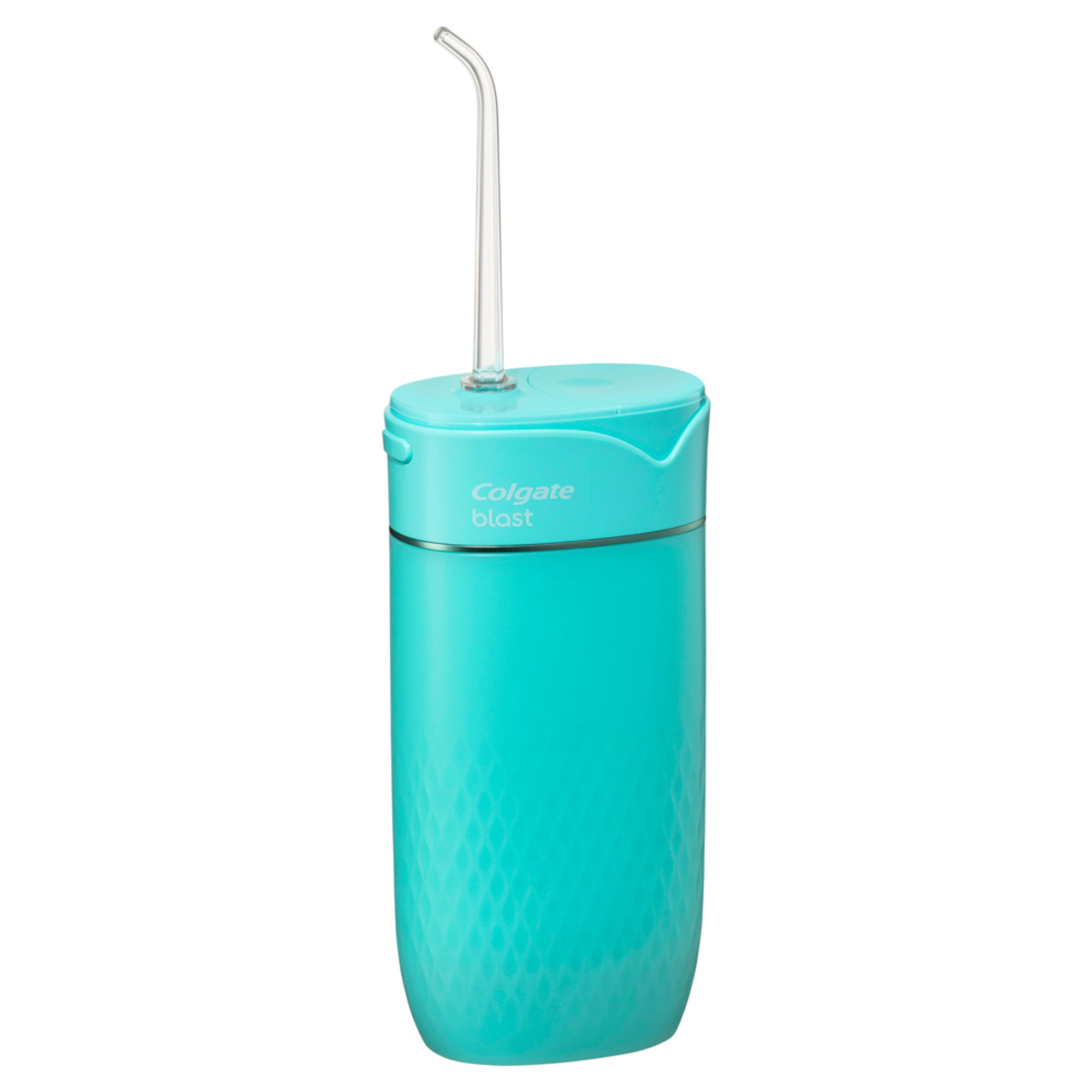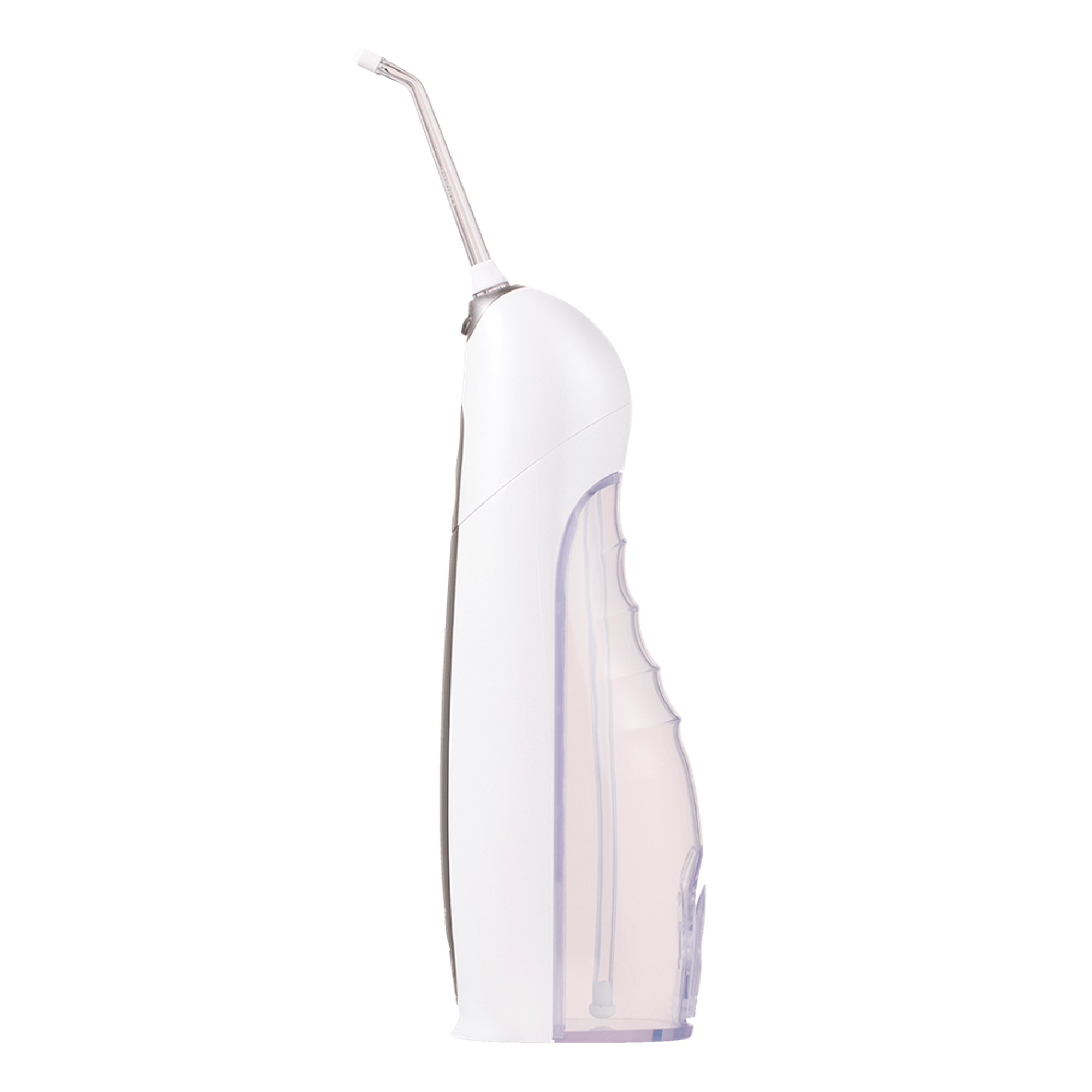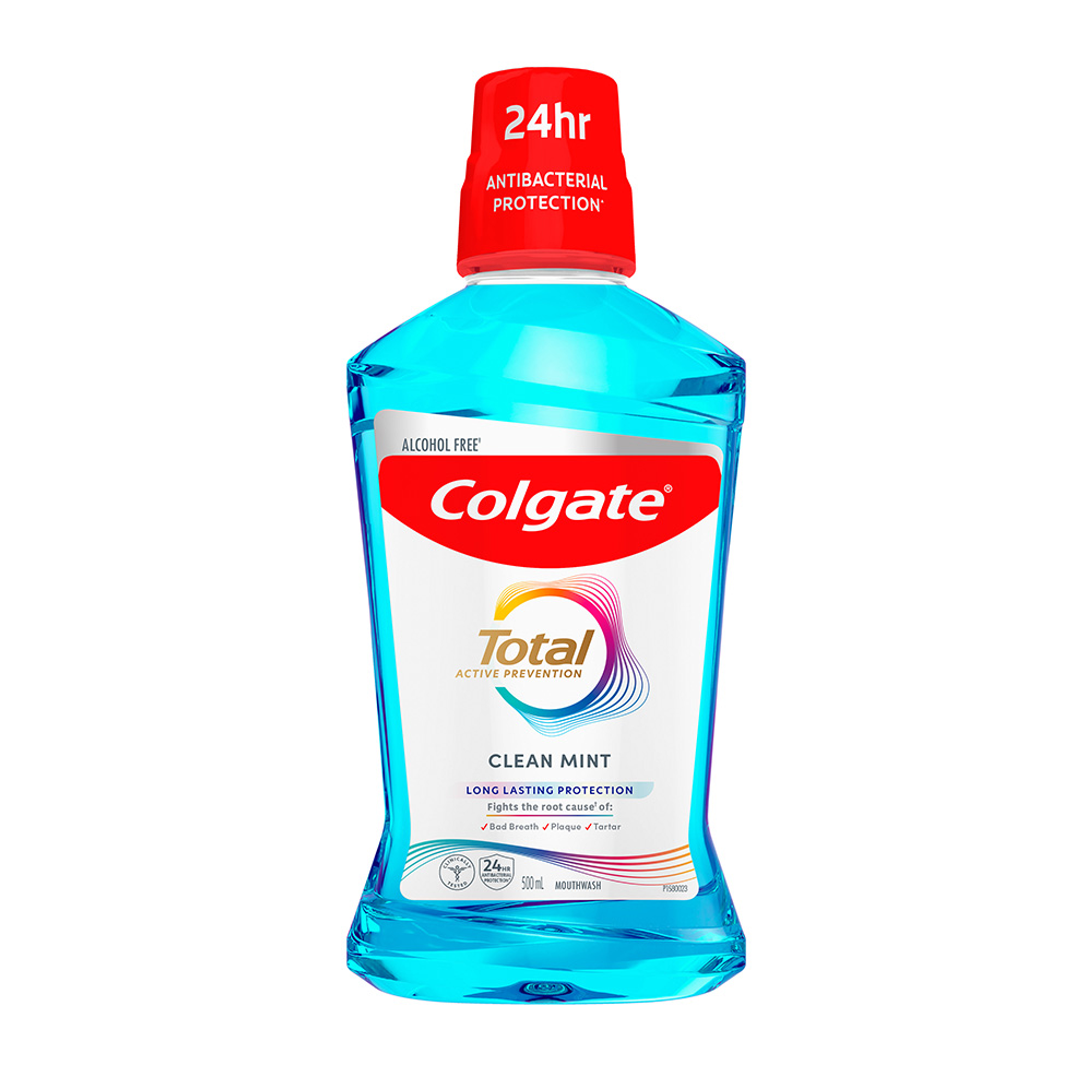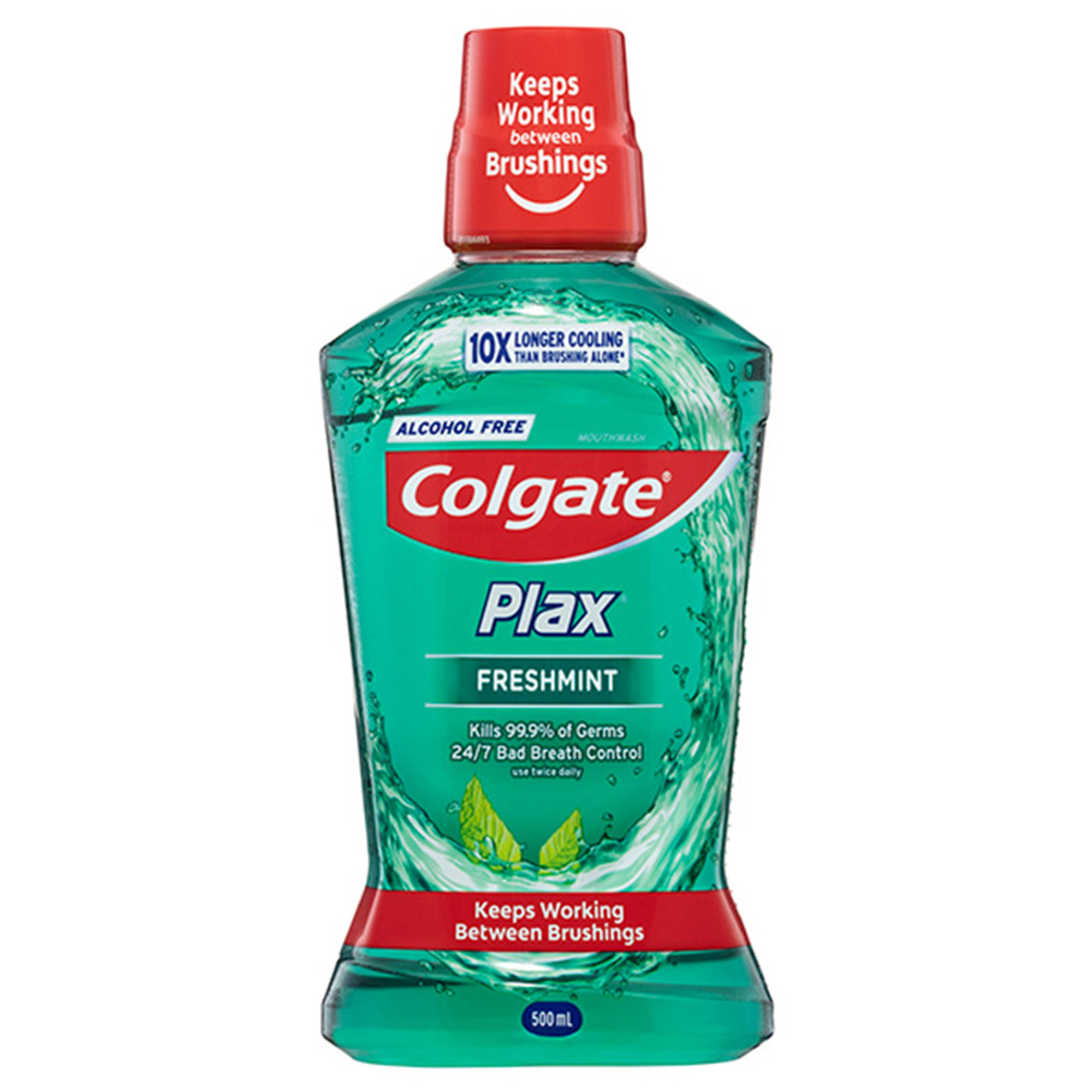-
Top Professional Products



-
Professional Articles
- Caries
- Dry Mouth
- Enamel Erosion
- Gum Issues
- Orthodontics
- Pediatric
- Sensitivity
- Whitening
- Social Responsibility
- Career Development
-
DRUG PRICE DISCLOSURE FOR COLORADO PRESCRIBERS
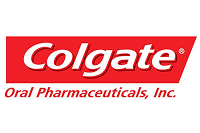
This information is being provided pursuant to Colorado HB 19-1131. The prices listed are WAC prices, which represents Colgate Oral Pharmaceuticals, Inc. (COP) published catalog or list prices for its drug products sold to wholesalers, before any discount, rebate, or other price reduction. The WAC prices listed may differ from actual prices paid by customers and patients.
Generic Products
The listing of generic products in the disclosure forms represent drugs that are therapeutic equivalents of COP drugs, as defined by the U.S. Food and Drug Administration (FDA), and as listed in the FDA Approved Drug Products with Therapeutic Evaluations (commonly known as the Orange Book). The inclusion of a generic product in a form does not constitute an endorsement of the product as an appropriate interchangeable product that is safe and/or effective for a particular patient. Please refer to each generic product’s FDA-approved label and indications for further information regarding each drug and its safety and efficacy.
More Information
For more information on the price disclosure requirements, please contact the Colorado State Board of Pharmacy’s office:
State Board of Pharmacy
1560 Broadway, Suite 1350
Denver, CO 80202
Ph. (303) 894-7800 | Fax: (303) 894-7692 | Email: dora_pharmacyboard@state.co.us
Marketed Products
Colgate® PreviDent® 5000ppm (1.1% Sodium Fluoride) and PreviDent® Rinse (0.2% Neutral Sodium Fluoride)
Related Articles

Dental caries is one of the most prevalent chronic non-communicable diseases in the world, and the older population is at a disproportionately high risk. In Australia, the Australian Dental Association Oral Health Tracker estimates that only 10.7% of adults over 15 years have never experienced tooth decay.

A healthcare professional guide to oral care for older patients: Seattle Pathway | Colgate® Professional

Oral disease processes are insidious and progressive, often remaining invisible to the layperson until the end stage. Self-diagnosis is often delayed until patients notice irreversible signs - frank cavitation as caries undermines marginal ridges and advances inexorably towards vulnerable pulps, progressive tooth mobility or gingival recession with declining periodontal health and functio laesa in the case of expanding oral cavity neoplasms that may have begun as subtle precursor lesions. If evading the watchful eye of a supervising dental practitioner, ailments of the intraoral hard and soft tissues can easily go unchecked until patients experience advanced disease, at which point it becomes increasingly invasive and expensive to manage. Dental professionals have the capacity to identify disease risk factors and to detect signs of disease at the pre-symptomatic stage, at which point it is possible to arrest and reverse disease progression by providing tailored lifestyle counselling to encourage health-promoting behaviours. This article will delve into current barriers to our transition away from the reactive modus operandi of dental healthcare towards a more medical, person-centred model of caries management to break the restorative death spiral and curb rates of edentulism in our community
